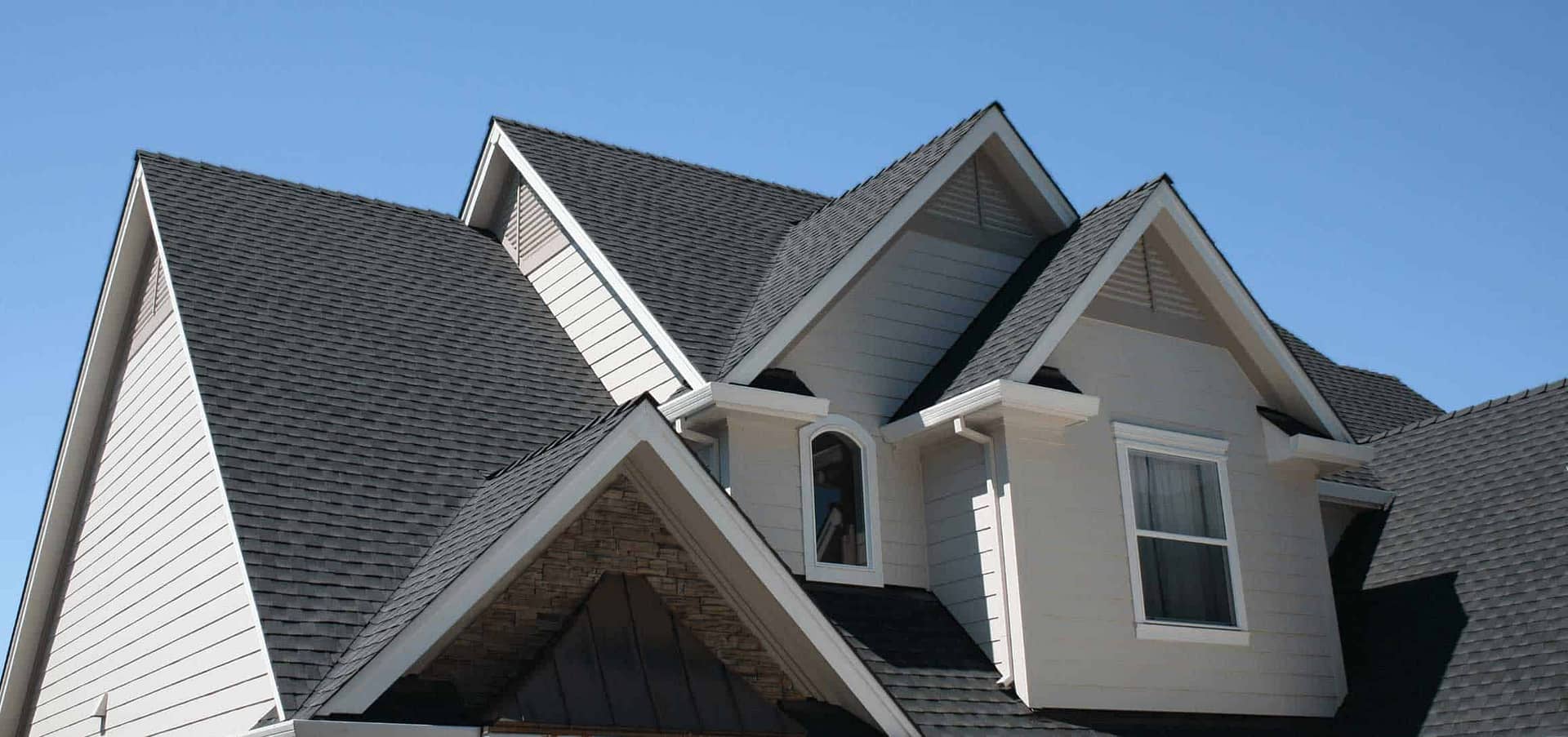Why Do Asphalt Shingles Curl?
During installation, your roofing contractor will take steps to keep your brand-new asphalt shingles as moisture-free as possible. However, this does not mean that the individual tabs themselves are 100% free of water in any of its form. Some moisture is needed to keep the shingles both strong and supple. Over the course of its life span, this naturally occurring moisture can slowly disappear, causing the shingle to dry out. This leads to a common problem known as “curling.”
Asphalt shingles curl when they are nearing the end of their estimated service life. It can occur in either fiberglass-mat or organic-mat shingles, although it is more common in the former than in the latter. Curled shingles can be a problem for any roofing system and our roofing professionals at ARCH Exteriors, LLC recommend the following tips to help identify and avoid this issue.
What Causes Curling?
Curling is a sure sign that you are due for a roof replacement soon. While it might seem unlikely, there are water molecules trapped within the asphalt granules that cover your shingles. As this water evaporates over the years, the shingle contracts which can then lead to curling if the shingles are on the edge of a roof. If they are in the middle of the deck, they can experience what is known as “cupping.”
How to Check for Curling Problems
It’s not difficult to spot curled shingles. It shows itself as a clear physical deformity on the tabs themselves. Cupping might be harder to spot and might require a closer look at the middle of the roof itself. However, stepping on your roof is not recommended. Curled or cupped shingles are brittle and can break easily from being stepped on. Instead, call a professional to determine curling problems as soon as the symptoms become apparent.
Preventing Curling Problems
Curling is a sign of an aging roof so it cannot be avoided. However, with proper maintenance and regular inspections from a licensed roofer, you can delay its effects and a few more years to the life span of your roof before needing a full replacement.
At ARCH Exteriors, LLC, our team of skilled and experienced roofing professionals can help you with any curling problems on your asphalt shingles. Give us a call at (877) 214-2831 or fill out our contact form to schedule an inspection and request a free estimate on roof repairs and replacements today.




